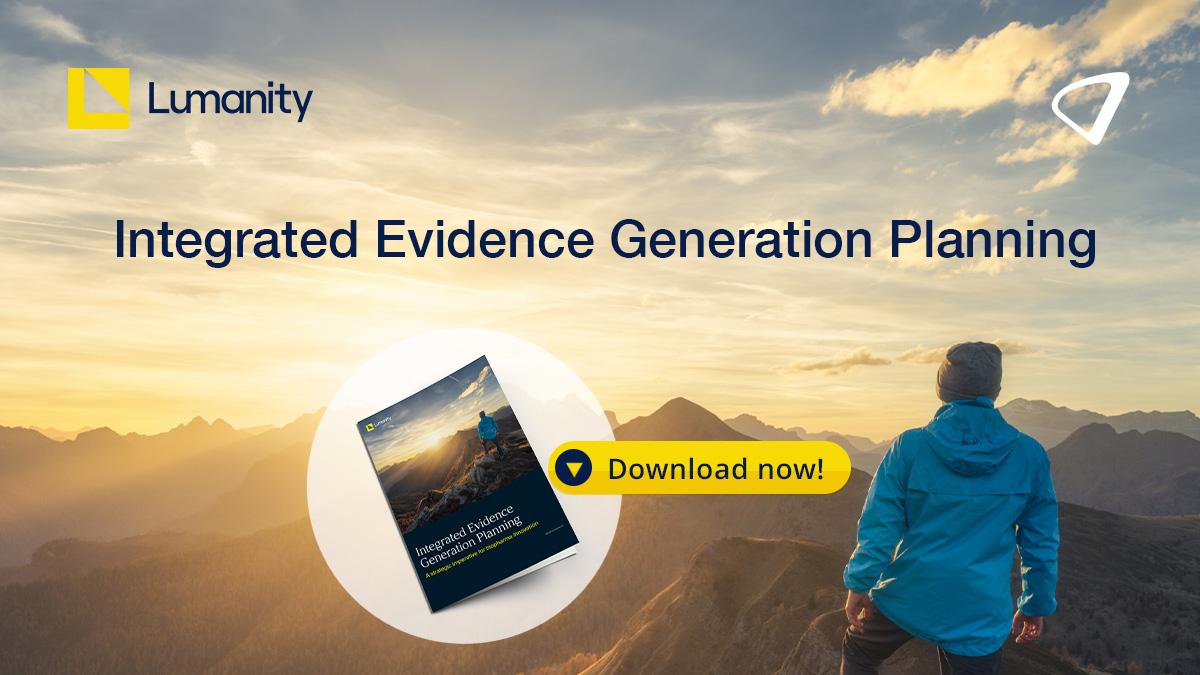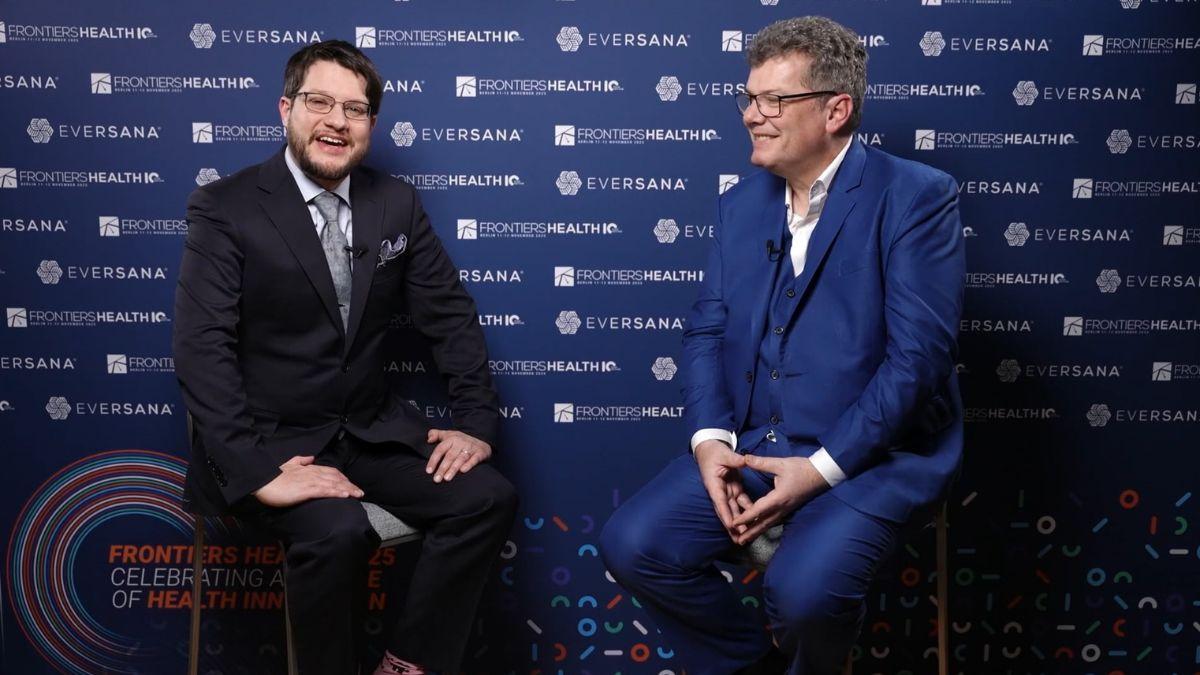Pharma holds it breath for ’25 as the sun shines on JP Morgan conference

The JP Morgan Healthcare Conference is seen as a barometer for the life sciences industry – and, going into this year’s event, the forecast for the year was particularly grim.
At best, commentators were spooked by the prospect of a Trump presidency and the stance of his pick for health secretary, Robert F Kennedy Jr. According to one analysis, no one was “in the mood for a good time” before the conference because of a prevailing despondency ahead of Trump’s swearing-in ceremony the following week. As the conference progressed, the feeling became more upbeat, not just because of the sunny weather, but, more importantly, the big deals that JPM is known for started to be announced.
Sean A MacDonald, CEO of Domain Therapeutics summed up the atmosphere: “Leading up to JPM week, discussions around hotel worker strikes and increased security risks created some tension. In the end, the streets were full of people shuttling between hotels and talking in Union Square, with the energy that felt perhaps even more vibrant than in past years.”
The word on San Francisco’s famously hilly streets is that big pharma is ready to go shopping in 2025, following a flurry of deal announcements. Paul Little, CEO of Vesper Bio, agreed: “There was a good vibe about the town and a cautious optimism about a coming upturn in the markets.”
Big deal boosts morale
Johnson & Johnson’s $14.6 billion acquisition of Intra-Cellular Therapies Inc had the biggest number attached to it. The acquisition gives it rights to Caplyta (lumateperone), a daily oral therapy for schizophrenia, as well as depressive episodes associated with bipolar I or II disorder and can be taken as monotherapy with lithium or valproate. It also includes ITI-1284, a promising Phase 2 compound being studied in generalised anxiety disorder (GAD) and Alzheimer’s disease-related psychosis and agitation, as well as other clinical-stage pipeline drugs.
Joerg Moeller, CEO of Antag Therapeutics, said: “It confirms a renewed interest in innovative medicines in the neuroscience space.”
It’s not the largest deal announced at a JPM health conference – it’s half the size of Amgen’s $28bn acquisition of Horizon Therapeutics announced at JPM ’22 – but it was enough to generate a feelgood factor amid the January gloom.
GSK also added to the positive mood by announcing its $1.15 billion acquisition of IDRx, Inc, adding IDRX-42, a highly selective KIT tyrosine kinase inhibitor (TKI) aimed at gastrointestinal stromal tumours (GIST,) to its pipeline.
Simon Kerry, CEO of Curve Therapeutics, commented that while the Intra-Cellular deal will take the headlines, that “the Lilly acquisition of Scorpion ($2.5 Bn) and GSK’s acquisition of IDRx ($1.15 billion) suggests there is still strong interest in cancer therapeutics.”
Another eye-catching announcement was Synaffix and Boehringer Ingelheim’s $1.3 billion antibody-drug conjugate tie-up. Andreas Pahl, CEO of Heidelberg Pharma, said that the deal showed continued interest in the ADC space following the notable successes in recent years such as AstraZeneca/Daiichi Sankyo’s Enhertu (trastuzumab emtansine).
Pahl said: “The positive trend seen in 2024 looks set to continue into 2025. Last year, we saw some impressive deals and this activity looks set to continue, with a further three ADCs expected to be soon approved by regulators. This is for sure good news for other companies in the ADC field, and even better news for patients who are hoping for new and improved therapies.”
Domain’s Sean MacDonald noted that many big pharma companies are looking to replenish their pipelines as big-selling drugs, such as Merck & Co’s Keytruda (pembrolizumab), are set to lose patent protection in the coming years. He said: “The fact that one of the key themes remains the 'pharma patent cliff’ is an overall positive trend for the biotech industry. Increased M&A and licensing, particularly as pharma will start to look earlier in the pipeline, is good news for those with assets around clinical [proof of concept].”
Weight loss and diabetes deals likely
Carolyn Porter, CEO of Outrun Therapeutics, said that 2025 will likely be a “challenging” year for fundraising biotechs, but noted that oncology remains an area of interest to investors, with inflammation that novel weight loss drugs are likely to be in demand too.
The major $410 million Series A fundraiser of GLP-1 entrant Verdiva demonstrated the continued interest in the diabetes and weight loss field. This is an eye-popping figure for a launch round, demonstrating both the continued appetite for weight loss drugs, and the trend towards larger funding rounds, for a few companies.
Vicebio CEO Emmanuel Hanon said: “This space appears to be gaining significant momentum and seems poised to remain a key industry priority in the coming years.”
The trend for larger funding rounds from fewer companies is something that Curve’s Simon Kerry noticed last year, and he predicted the trend will continue into 2025. He added: “Clinical-stage companies remain in the driving seat for investment.”
As ever, the rise of AI in healthcare continued to be a talking point. Agnes Arbat, CEO of Oxolife, noted that deeper integration into clinical workflows will lead to “faster, more accurate diagnostics and personalised treatment plans.”
Outrun’s Carolyn Porter also noticed that AI continued to be a theme in the industry: “While 2024 was considered a challenging year for AI and tech companies without market ready products, AI continued to be a hot topic on many panels,” she said.
Precision medicine, and a focus on mental health tech will also continue to attract attention from investors.
Stephan Schann, chief scientific officer at Domain Therapeutics, added: “Precision medicine is gaining momentum, with therapies targeting molecular mechanisms of diseases reshaping ongoing development in immuno-oncology and inflammation. Collaborative models are accelerating the path from discovery to the clinic.”
Big pharma’s interest in rare diseases will continue, as well as innovative approaches to address “undruggable” targets, according to Schann.
Goodbye Biden, hello Trump
Those attending got a chance to bid farewell to the Biden administration thanks to an appearance from First Lady Dr Jill Biden, who highlighted how the outgoing president had supported women’s health and funded research into endometriosis and migraine.
There was also a discussion about what to expect from Trump’s administration in the next few years, with former FDA Commissioner Scott Gottlieb and ARCH Venture Partners co-founder Bob Nelson both suggesting that the regulatory environment could become more friendly to the industry. However, both were concerned about whether RFK Jr could damage confidence in vaccines given his public opposition to them in the past.
Vicebio’s Hanon observed: “The trajectory for 2025 will likely be shaped heavily by US government priorities. The continued push behind the "Make America Healthy Again" initiative suggests that preventive healthcare will dominate the agenda.”
“Ensuring widespread access to safe and effective respiratory virus vaccines to prevent severe illnesses – and addressing related risks like cardiovascular complications – will likely become a central focus for public health efforts moving forward,” he added.
Despite the political turmoil, Agnes Arbat of Oxolife gave the perspective of a first-time attendee, saying that the desire to improve care for patients was paramount. “I consider that the conference has an atmosphere of strong collaboration and innovation, where industry leaders, investors, and emerging biotech firms came together to drive breakthrough advancements and strategic partnerships,” she said.
For Xeltis’ CEO Eliane Schutte, the most inspiring meeting was the A&P Women CEO breakfast: “The venue and atmosphere created a welcoming environment that made connecting with others far easier compared to the larger, more formal networking events typically held during JPM,” she said.
Vesper’s Paul Little argued that the trip to San Francisco is still worthwhile, despite the sky-high costs. “We might grumble about the prices during conference week, but JPM remains the best way to feel the pulse of the industry at the start of the year,” he said.
Curve’s Simon Kerry concluded that overall the mood was “cautiously optimistic, but with a lot still unknown about geopolitics and the wider macro economy.”
“Fingers-crossed for a good year,” he said.












